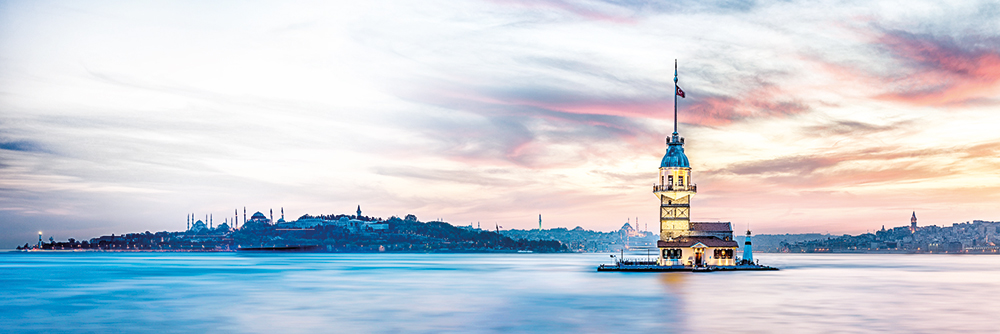Turkey, situated on the lands known as “Anatolia,” has a rich history shaped by diverse civilizations, including the Aeolians, Dorians, Ionians, Thracians, and Persians, during the Palaeolithic age. The Hellenistic period began under the rule of Alexander the Great, followed by the dominance of the Romans and Byzantines. In the 11th century, the Seljuk Turks triumphed over the Byzantine Empire, leading to the Turkification of Anatolia.
After the fall of the Seljuk Empire, various Turkish principalities emerged, with the Ottomans eventually uniting them into the Ottoman Empire by the 13th century. The Ottoman Empire flourished, spanning from Southeast Europe to West Asia and North Africa, before its decline in the 17th century. Mustafa Kemal Atatürk founded the Republic of Turkey in 1923 after the War of Independence against occupying forces in World War I.
Istanbul, Turkey’s most populous city, has been a melting pot of civilizations throughout history. Each civilization that settled in Istanbul left its mark, creating a city steeped in universal history.
Located between the Sea of Marmara and the Black Sea, Istanbul boasts the picturesque Bosphorus strait, connecting Europe and Asia. Its strategic position as a port city and trade hub has made it a center of global importance.
Istanbul experiences a Mediterranean climate, with hot, dry summers along the Marmara coast and milder winters, while the Black Sea coast sees warmer, rainy summers and cooler winters.



